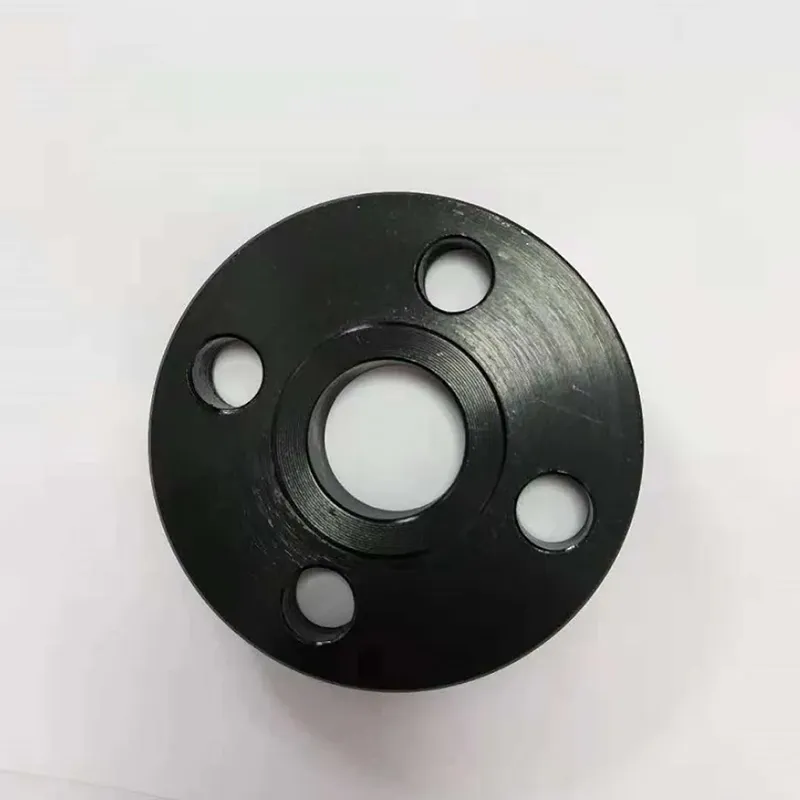-
Cangzhou Yulong Steel Co., Ltd.
-
Phone:
+86 13303177267 -
Email:
admin@ylsteelfittings.com
- English
- Arabic
- Italian
- Spanish
- Portuguese
- German
- kazakh
- Persian
- Greek
- French
- Russian
- Polish
- Thai
- Indonesian
- Vietnamese
- Zulu
- Korean
- Uzbek
- Hindi
- Serbian
- Malay
- Ukrainian
- Gujarati
- Haitian Creole
- hausa
- hawaiian
- Hebrew
- Miao
- Hungarian
- Icelandic
- igbo
- irish
- Japanese
- Javanese
- Kannada
- Khmer
- Rwandese
- Afrikaans
- Albanian
- Amharic
- Armenian
- Azerbaijani
- Basque
- Belarusian
- Bengali
- Bosnian
- Bulgarian
- Catalan
- Cebuano
- China
- China (Taiwan)
- Corsican
- Croatian
- Czech
- Danish
- Esperanto
- Estonian
- Finnish
- Frisian
- Galician
- Georgian
- Kurdish
- Kyrgyz
- Lao
- Latin
- Latvian
- Lithuanian
- Luxembourgish
- Macedonian
- Malgashi
- Malayalam
- Maltese
- Maori
- Marathi
- Mongolian
- Myanmar
- Nepali
- Norwegian
- Norwegian
- Occitan
- Pashto
- Dutch
- Punjabi
- Romanian
- Samoan
- Scottish Gaelic
- Sesotho
- Shona
- Sindhi
- Sinhala
- Slovak
- Slovenian
- Somali
- Sundanese
- Swahili
- Swedish
- Tagalog
- Tajik
- Tamil
- Tatar
- Telugu
- Turkish
- Turkmen
- Urdu
- Uighur
- Welsh
- Bantu
- Yiddish
- Yoruba

Dec . 03, 2024 16:54 Back to list
copper pipe cross
Understanding Copper Pipe Crosses Essential Components for Plumbing Systems
In the realm of plumbing, the significance of fittings cannot be understated. Among these fittings, copper pipe crosses play a crucial role in ensuring the efficient distribution of water within residential and commercial systems. This article delves into the importance, functionality, and installation of copper pipe crosses, shedding light on their integral role in plumbing infrastructure.
The Basics of Copper Pipe Crosses
A copper pipe cross, also known as a four-way fitting, serves as a junction point where four pipes meet. It allows for the connection of multiple lines, facilitating the redirection of water flow in various directions. This feature is particularly important in complex plumbing systems where water may need to travel to different outlets or branches.
Copper, as a material, is highly valued in plumbing due to its excellent corrosion resistance, longevity, and reliability. When combined with copper pipe crosses, these fittings contribute to an efficient plumbing system that minimizes leaks and maximizes durability.
Key Benefits of Using Copper Pipe Crosses
1. Durability Copper is known for its strength and resistance to environmental factors. Unlike some plastic alternatives, copper pipe crosses do not become brittle over time, ensuring a longer lifespan in plumbing systems.
2. Corrosion Resistance One of the primary advantages of copper is its resistance to corrosion. In many plumbing applications, this property is vital for maintaining water quality and ensuring that pipes remain clear and functional throughout their usage.
3. Versatility Copper pipe crosses are adaptable to numerous applications, from residential plumbing to industrial systems. Their design allows for various configurations, making them suitable for both hot and cold water delivery.
copper pipe cross

4. Eco-Friendly Copper is a sustainable material that can be recycled without losing its properties. By choosing copper plumbing systems, homeowners and builders contribute to environmental conservation efforts.
Installation Considerations
Installing a copper pipe cross requires specific tools and skills. Below are some essential steps to ensure a proper installation
1. Gather Necessary Tools Before installation, ensure you have the appropriate tools, including a pipe cutter, propane torch, flux, and solder. Safety goggles and gloves are also essential for personal protection.
2. Cut and Prepare Pipes Measure and cut the copper pipes to the desired lengths using a pipe cutter. Ensure that the ends of the pipes are smooth and free of burrs to facilitate a tight seal.
3. Clean the Fitting Apply flux to the ends of the pipes and the inside of the fitting. This prevents oxidation during the soldering process and ensures a secure bond.
4. Assemble and Solder Insert the pipes into the copper pipe cross, ensuring they fit snugly. Heat the joint with a propane torch until the solder melts and flows into the joint. Allow it to cool before testing the system for leaks.
Conclusion
Copper pipe crosses are indispensable components in modern plumbing systems. Their durability, corrosion resistance, and versatility make them an excellent choice for any plumbing application. By understanding how to effectively incorporate these fittings into your plumbing design, you can ensure efficient water flow and a reliable system that stands the test of time. As plumbing technology continues to evolve, copper pipe crosses will undoubtedly remain a staple in building and construction, contributing to sustainable and efficient water management solutions.
Latest news
-
ANSI 150P SS304 SO FLANGE
NewsFeb.14,2025
-
ASTM A333GR6 STEEL PIPE
NewsJan.20,2025
-
ANSI B16.5 WELDING NECK FLANGE
NewsJan.15,2026
-
ANSI B16.5 SLIP-ON FLANGE
NewsApr.19,2024
-
SABS 1123 FLANGE
NewsJan.15,2025
-
DIN86044 PLATE FLANGE
NewsApr.19,2024
-
DIN2527 BLIND FLANGE
NewsApr.12,2024
-
JIS B2311 Butt-Welding Fittings LR/SR 45°/90° /180°Seamless/Weld
NewsApr.23,2024











